 TECH
TECH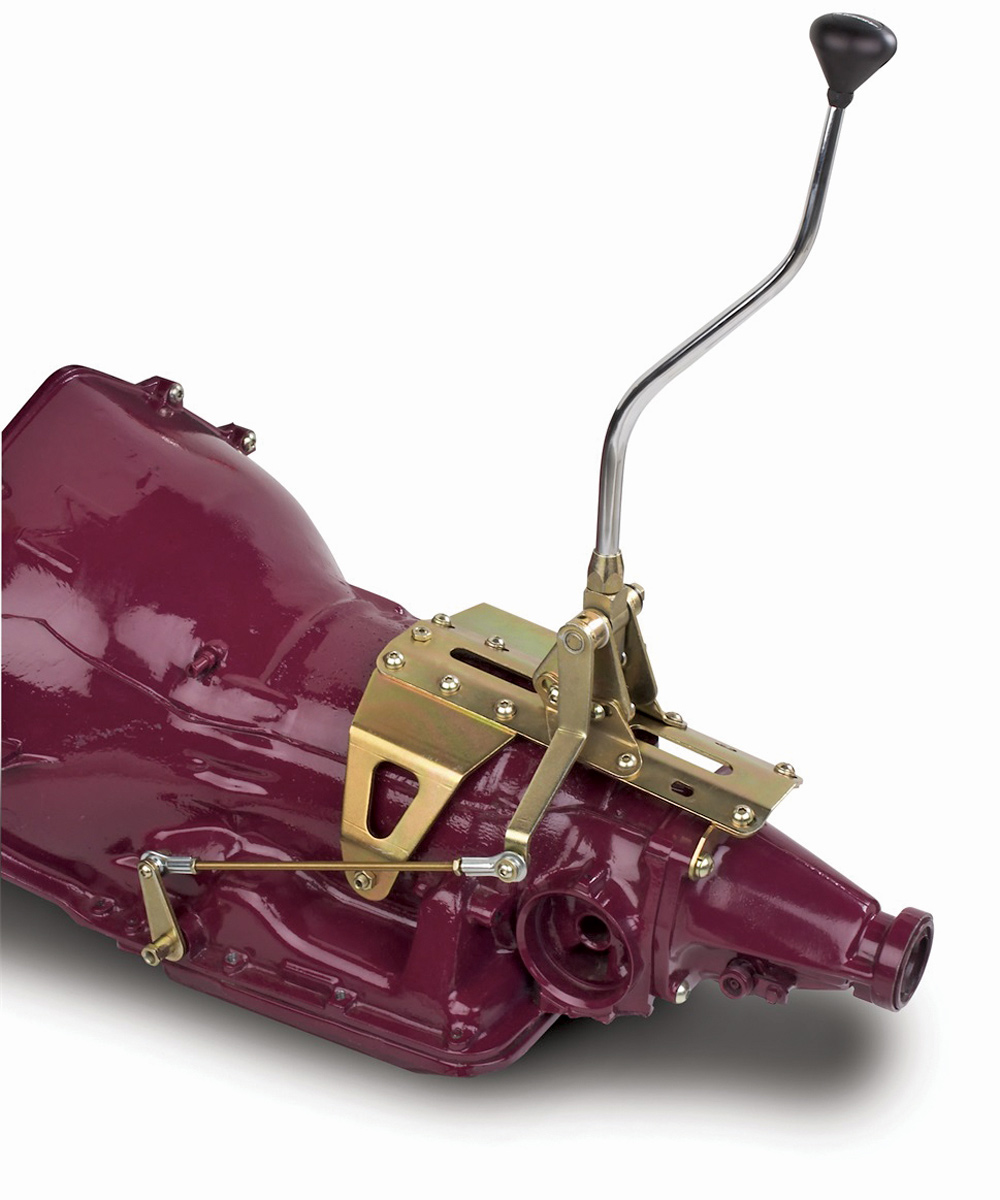
 Images by THE AUTHOR
Images by THE AUTHORith the old SBC/Muncie combo removed from our buddy Bruce Valley’s 1957 Chevy and the LS3/4L60E resting in its place, it’s time to sort out shifter requirements as well as our pedal options. Valley liked the floor shift setup of the Muncie and wanted to retain said location of shifter. Easy enough. But when it came to pedal options, that got a little more muddled since the stock throttle pedal would not be compatible with the LS3’s drive-by-wire requirement. As luck would have it, Lokar Performance Products had options for that as well as the floor shifter, even going so far as to offer an upgrade to the original brake pedal that would result in not only a better-looking pedal arm, but the ability to match a pair of throttle/brake pedal pads.
Pulling the existing carpet up, and with the Muncie shifter removed, exposed a fairly large hole in the floor, with a few previous repairs being evident. That would make installing a Lokar floor-mounted shifter a little easier, but the previous “repairs” meant we had a little bit of sheetmetal work that would be required once the shifter was in place. Thankfully, mounting the shifter is as simple as picking a location, drilling the four mounting holes, and bolting the shifter in place. Next, a slot in the floor needs to be cut for the shift lever. From there, it’s a matter of trimming the threaded rod and connecting the shifter to the trans. A few more adjustments and the installation is complete.
Mounting the Lokar drive-by-wire pedal required slightly more work, as a bracket needed to be fabricated to get the pedal position just right in the Tri-Five. The brake pedal arm installation was pretty simple, as it’s basically a direct swap for the original unit, using a few OG parts as well.
The inclusion of Lokar’s line of products resulted in a cohesive look when it came to the pedal assembly, especially given the alternative of the OE plastic GM DBW pedal and the 1957’s rubber brake pedal pad. The Restomod series of pedal pads look like they could have come stock in the 1957. The alternative to Lokar’s floor shifter, at least when it comes to an OE option, is basically non-existent, so the option for a bolt-in shifter with the features that come as standard on all Lokar shifters truly is a solution where an alternative doesn’t exist. They function as good as they look, and that’s the most important part.
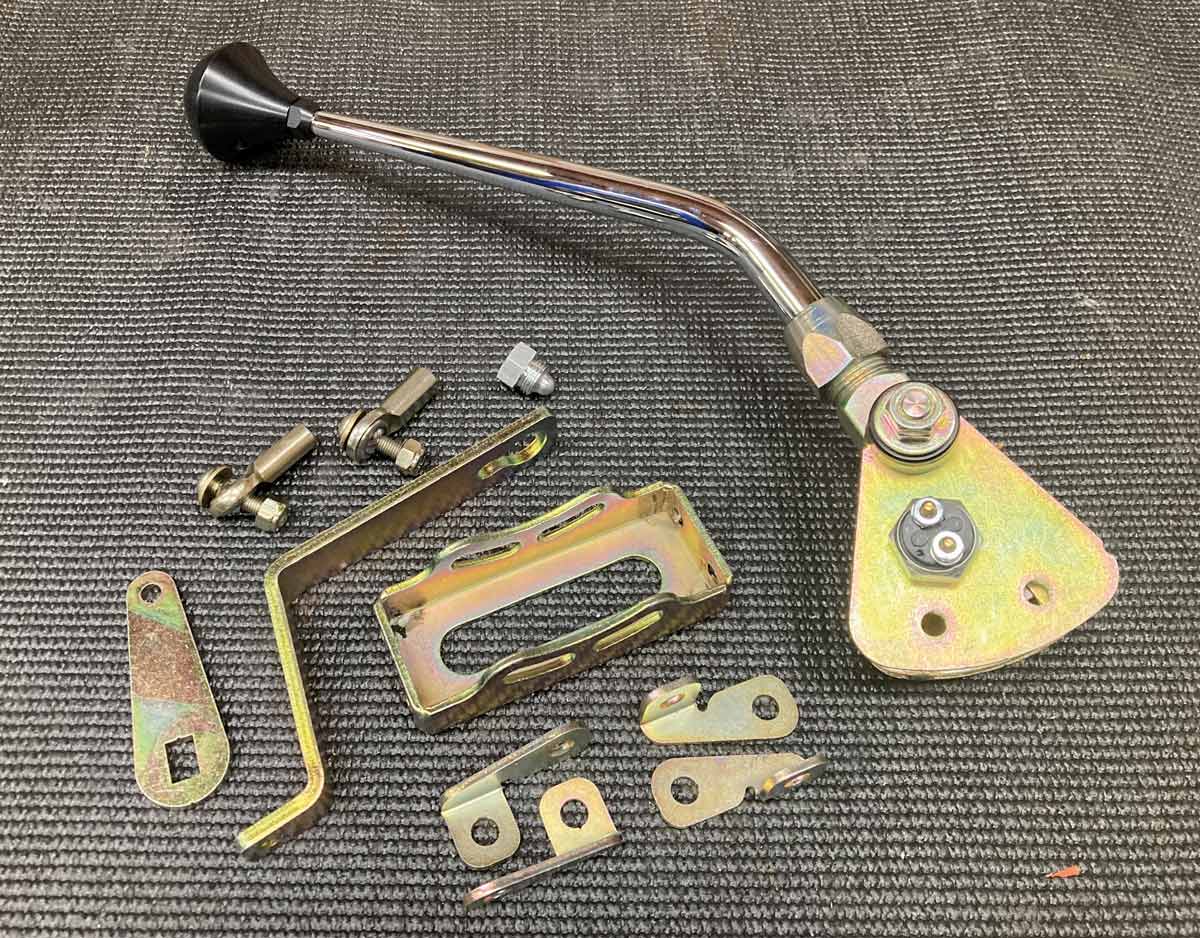
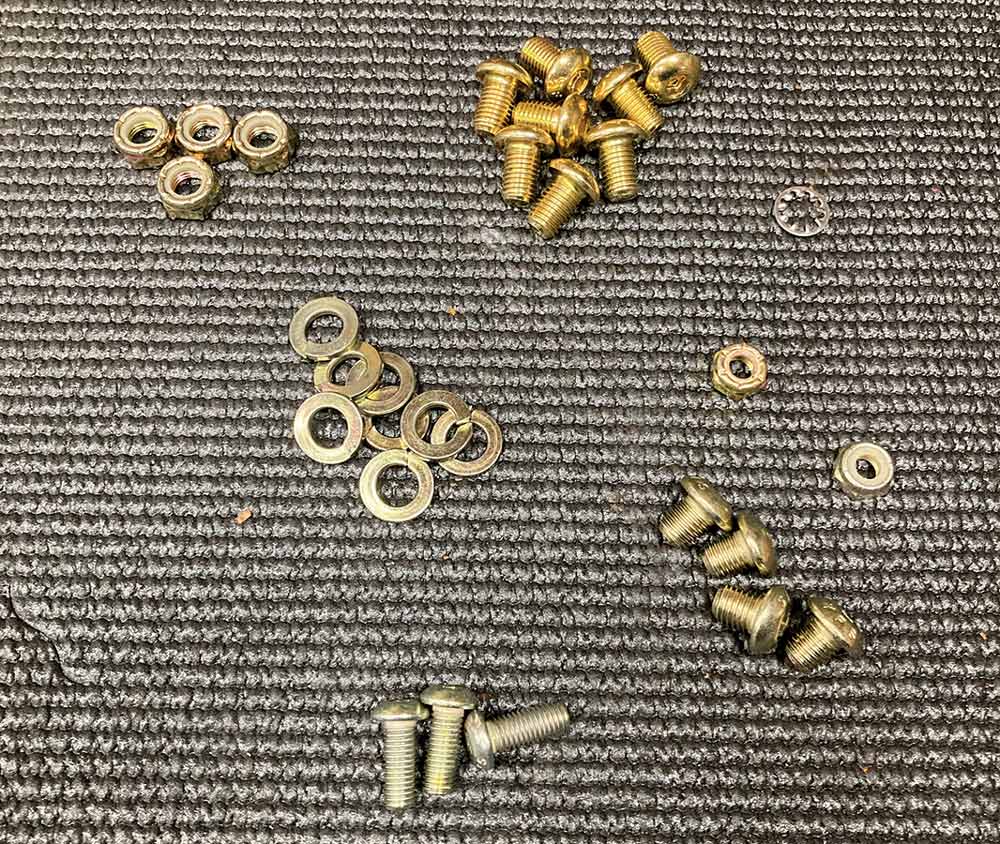
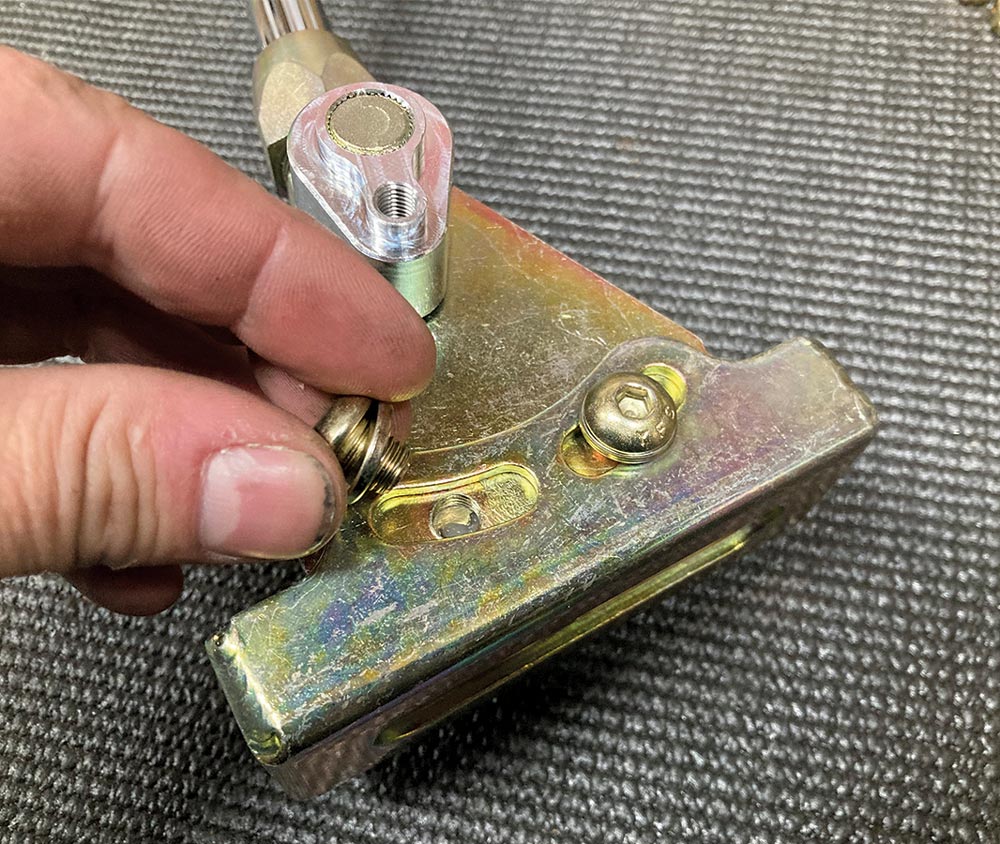
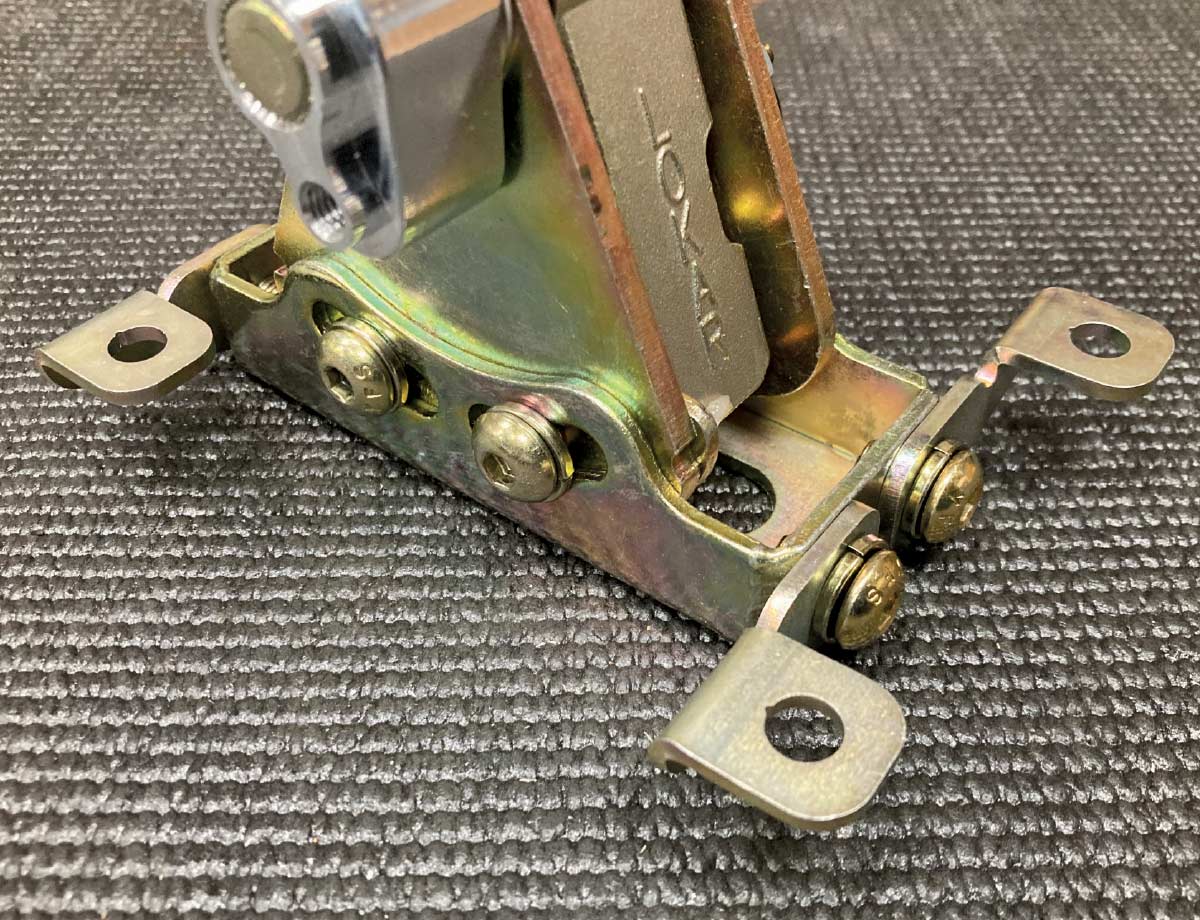
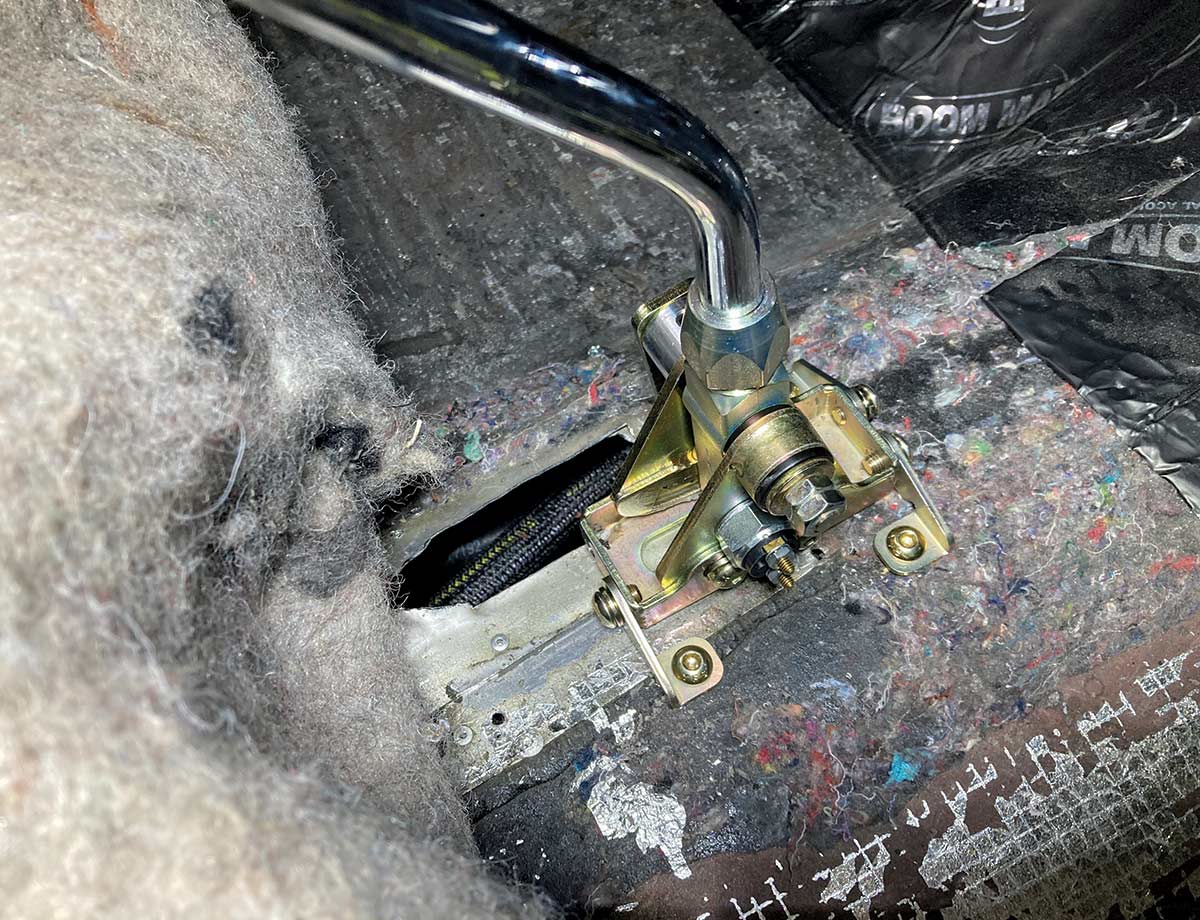
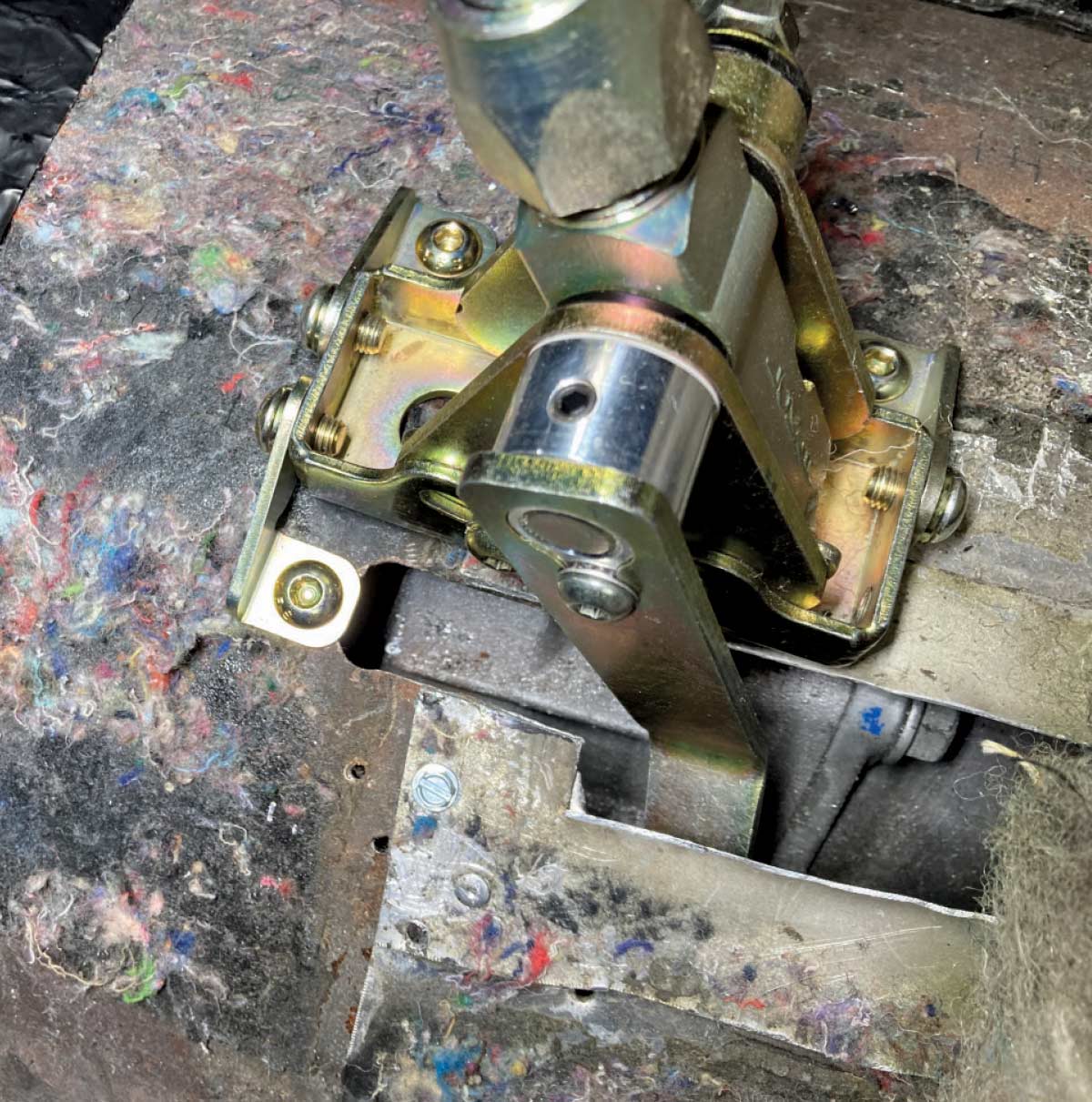
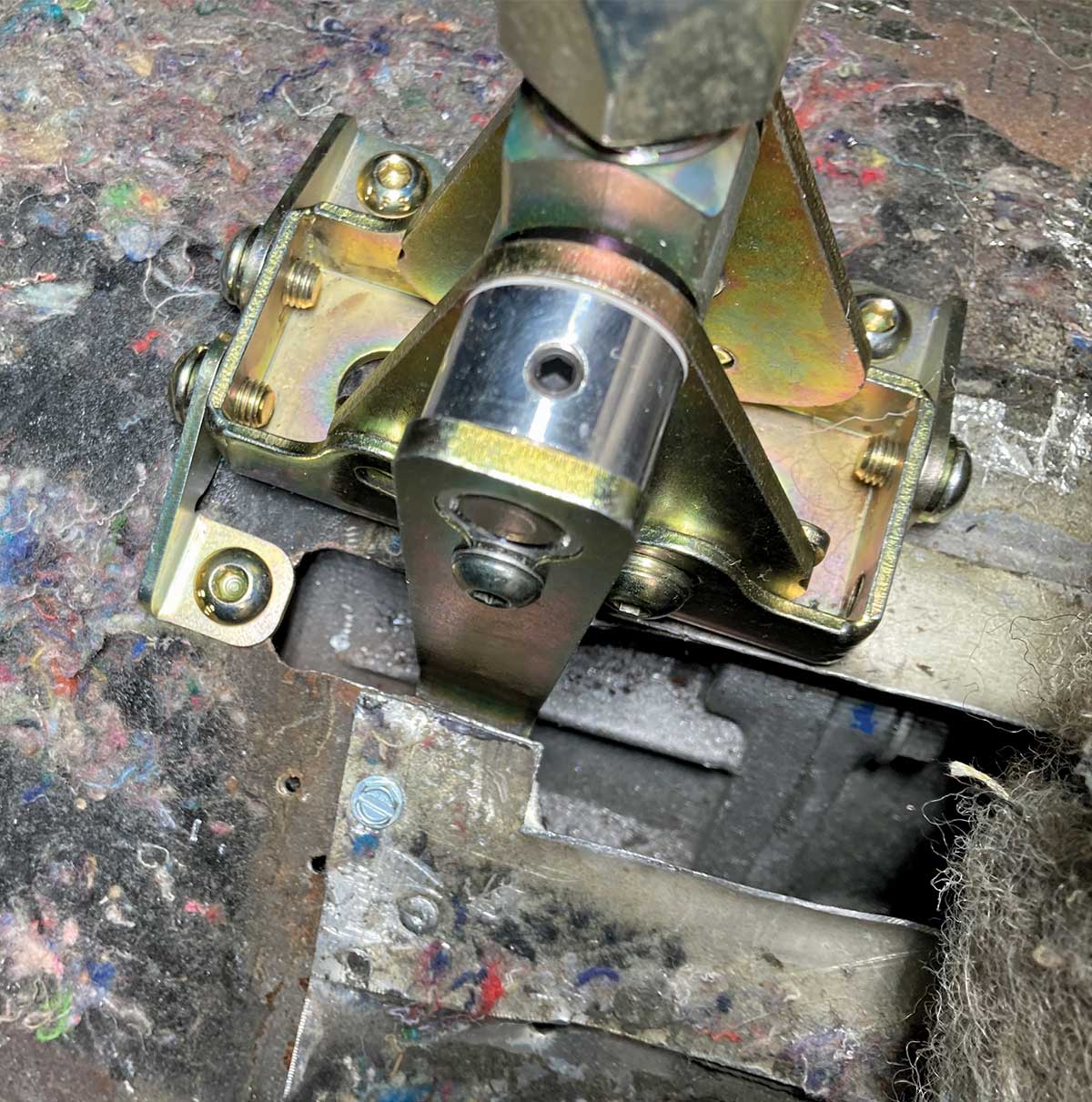
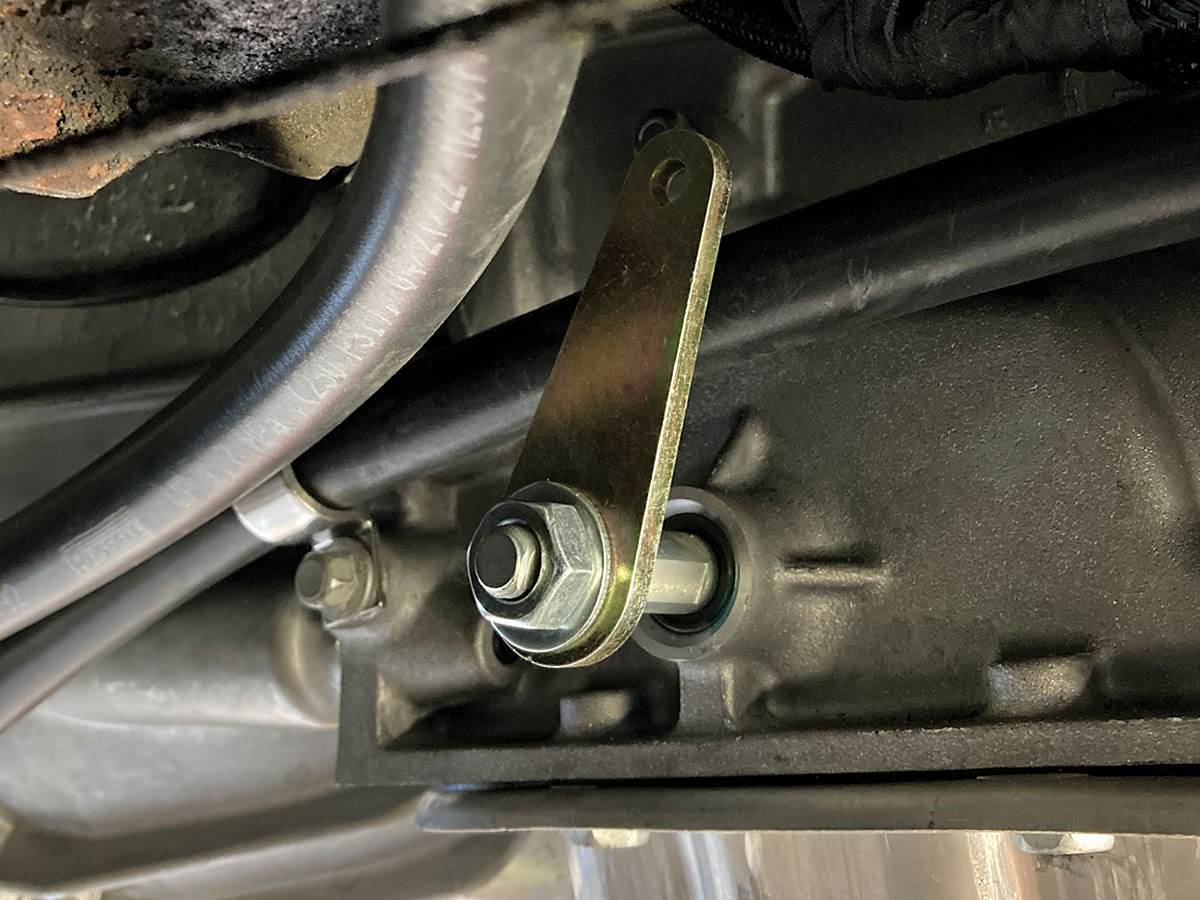
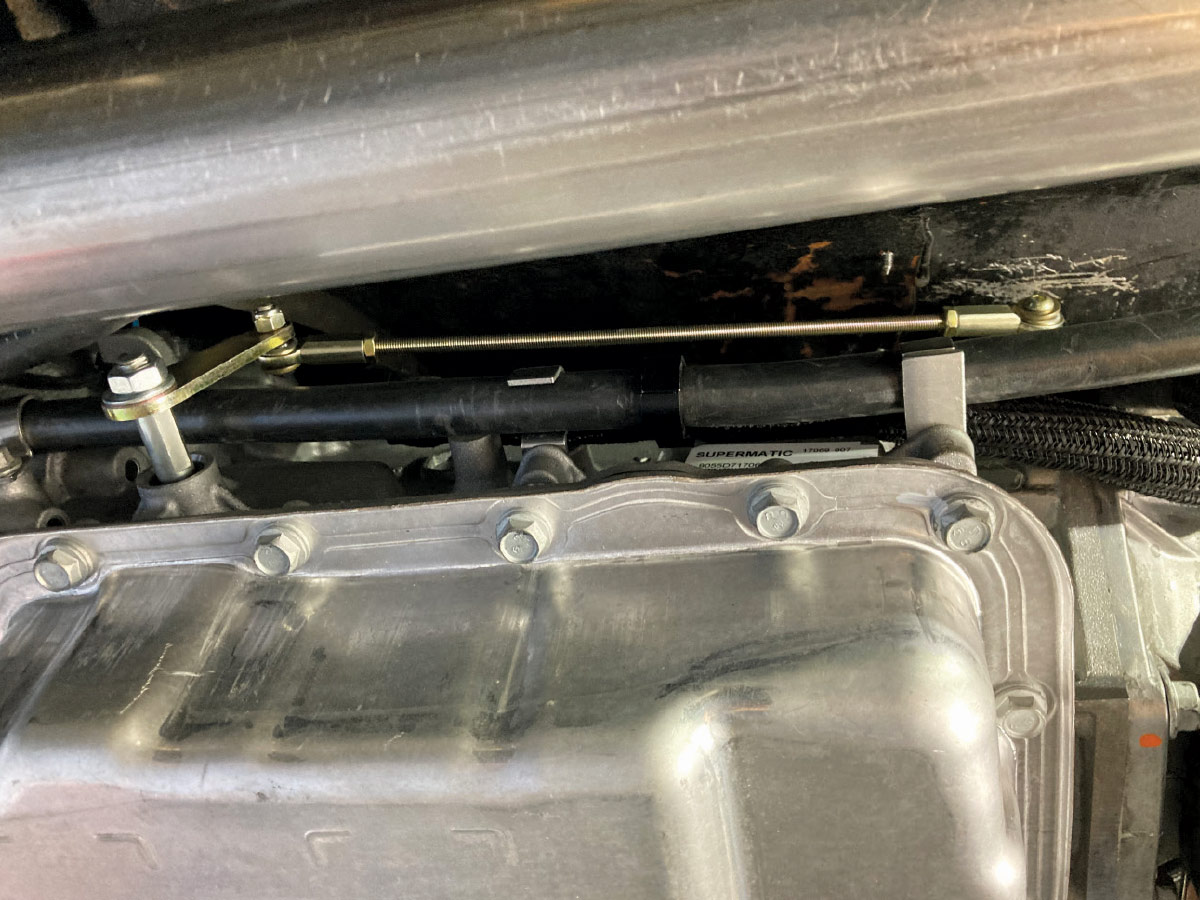
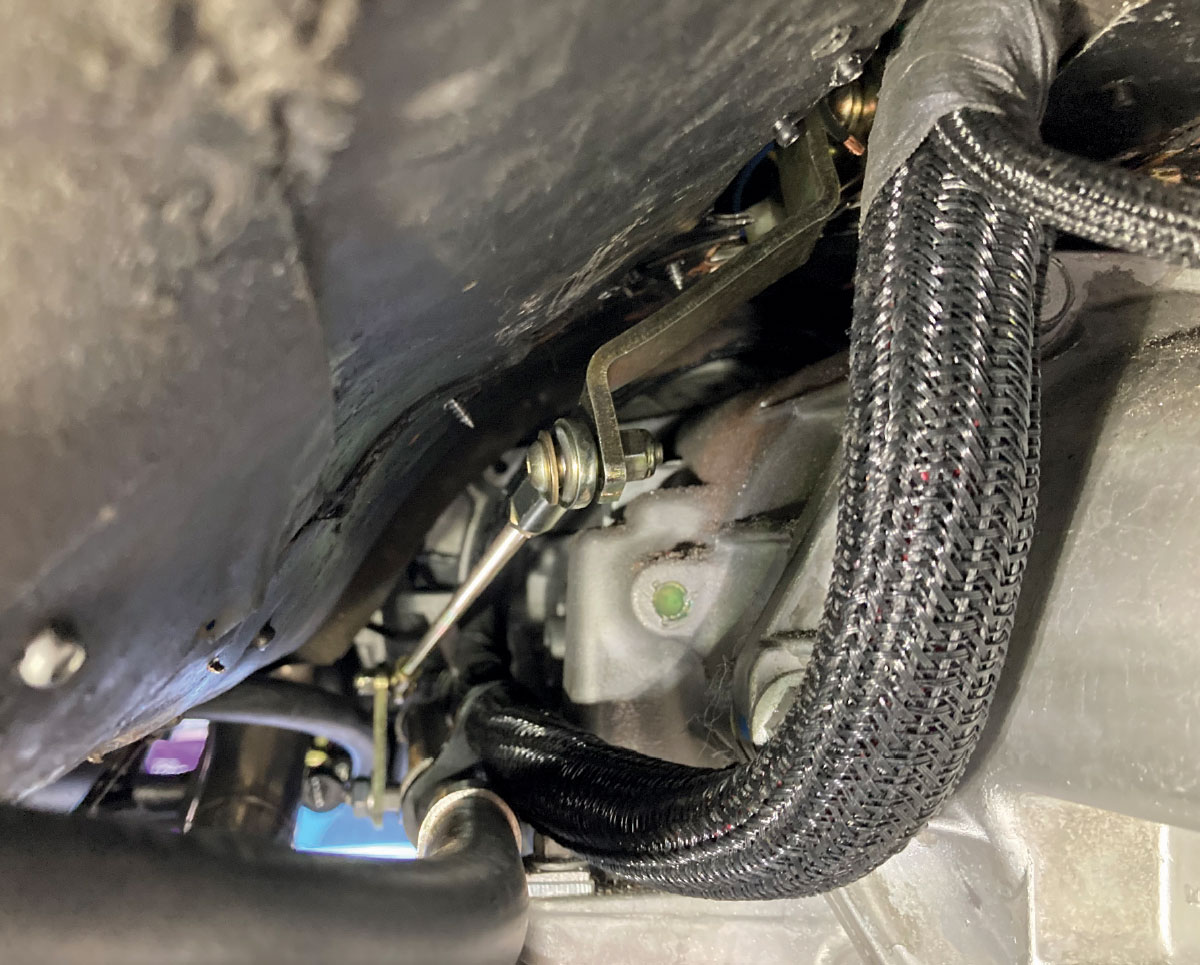
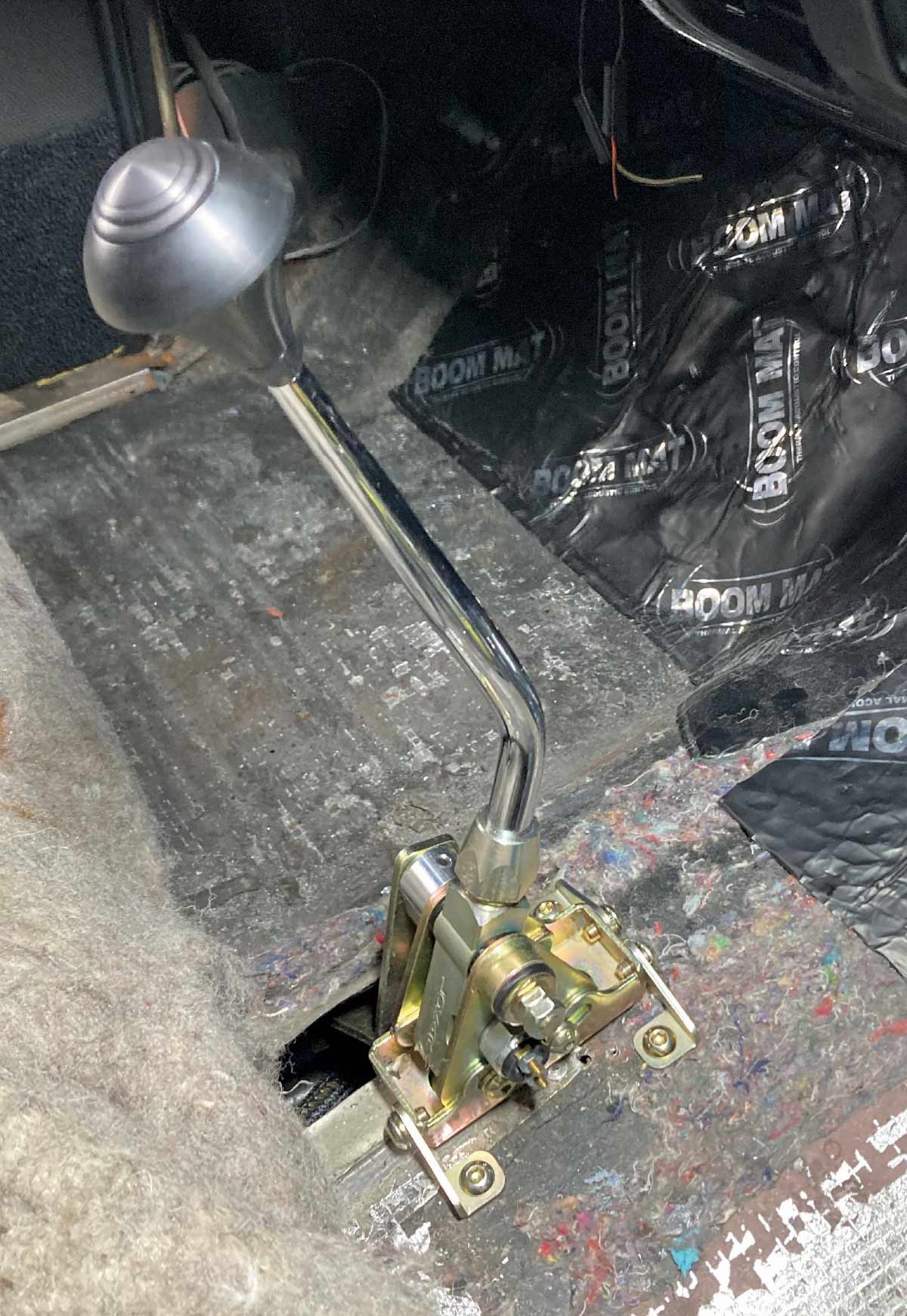
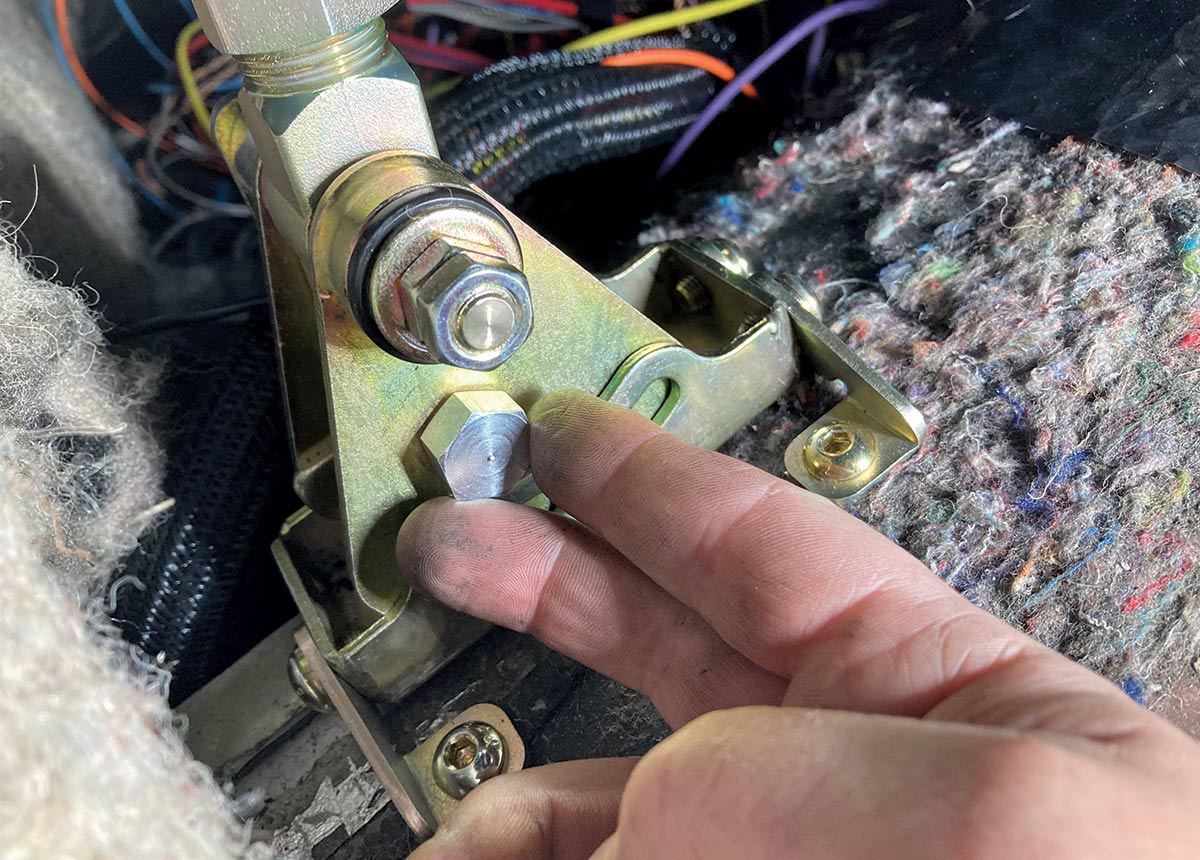
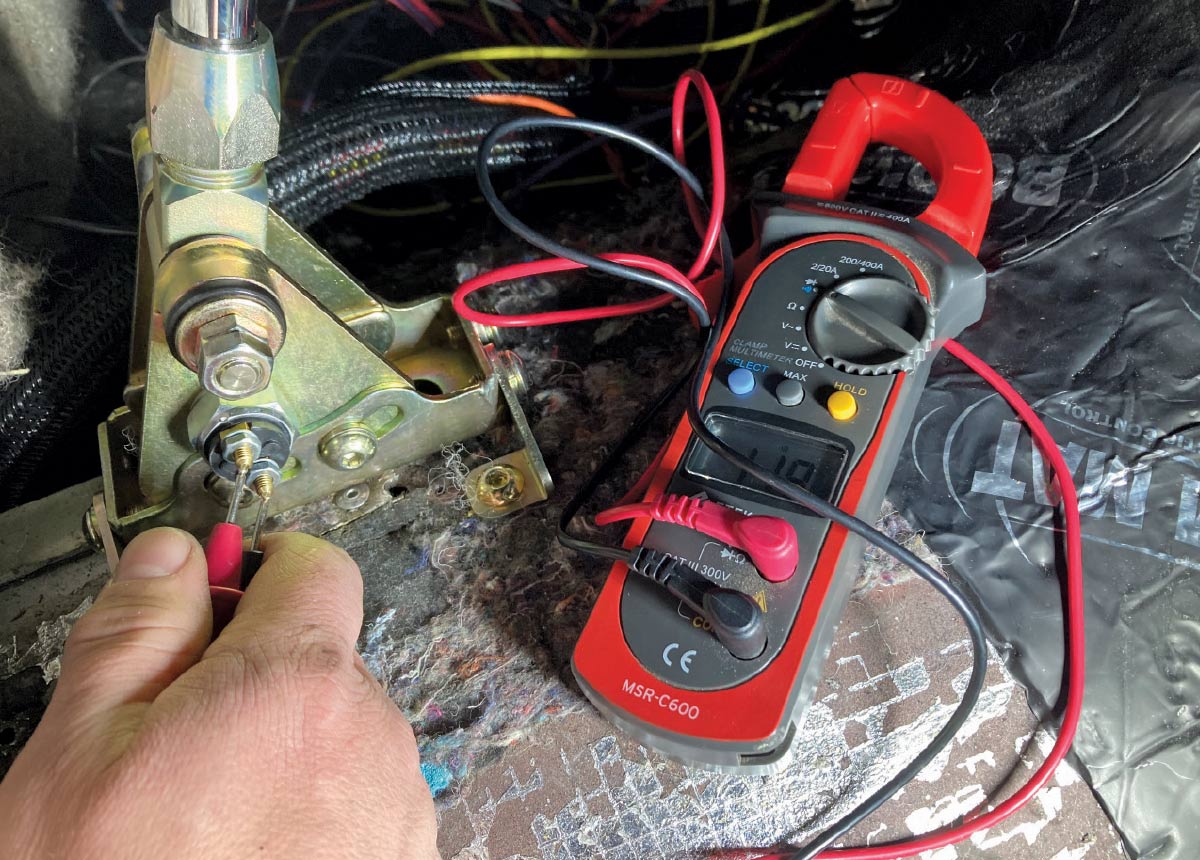
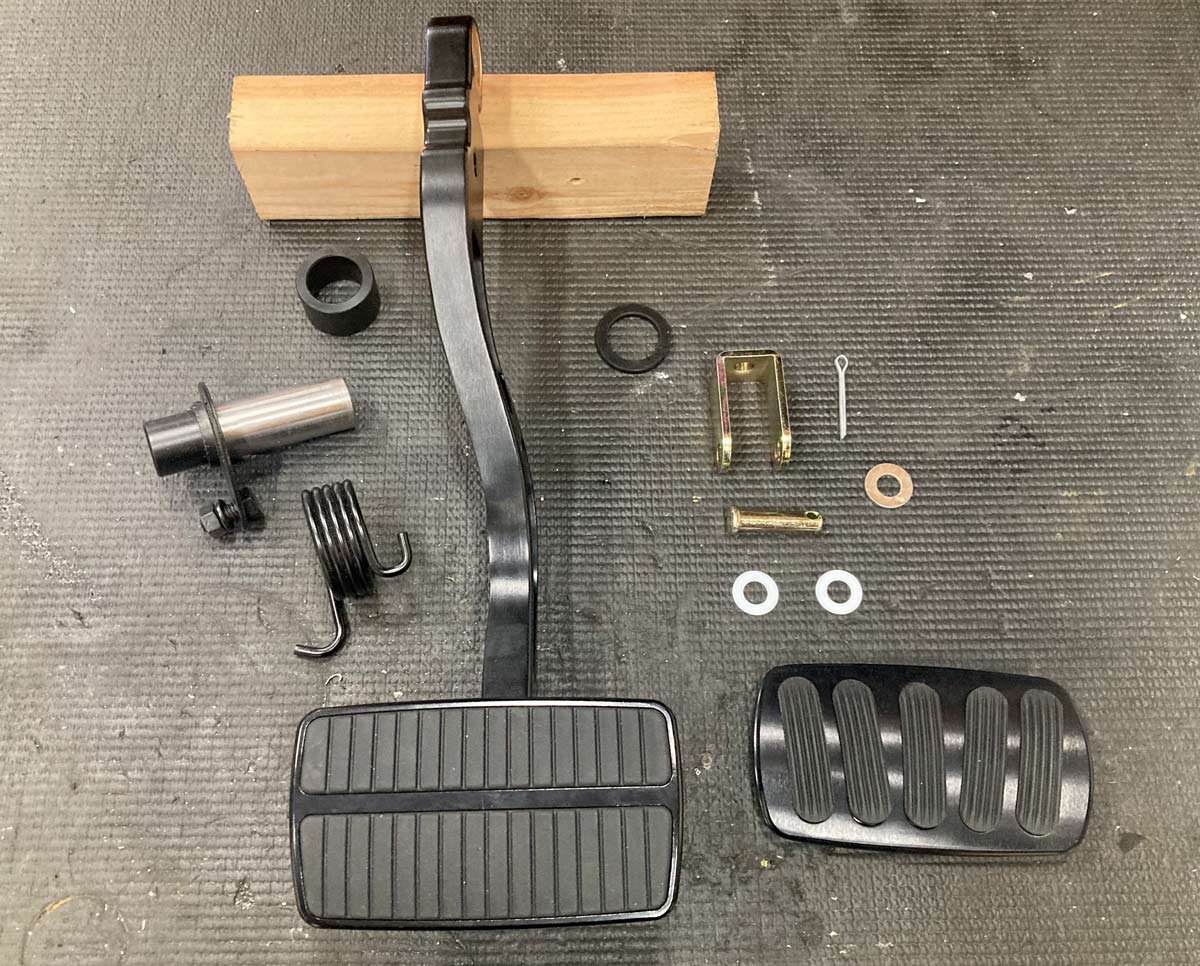
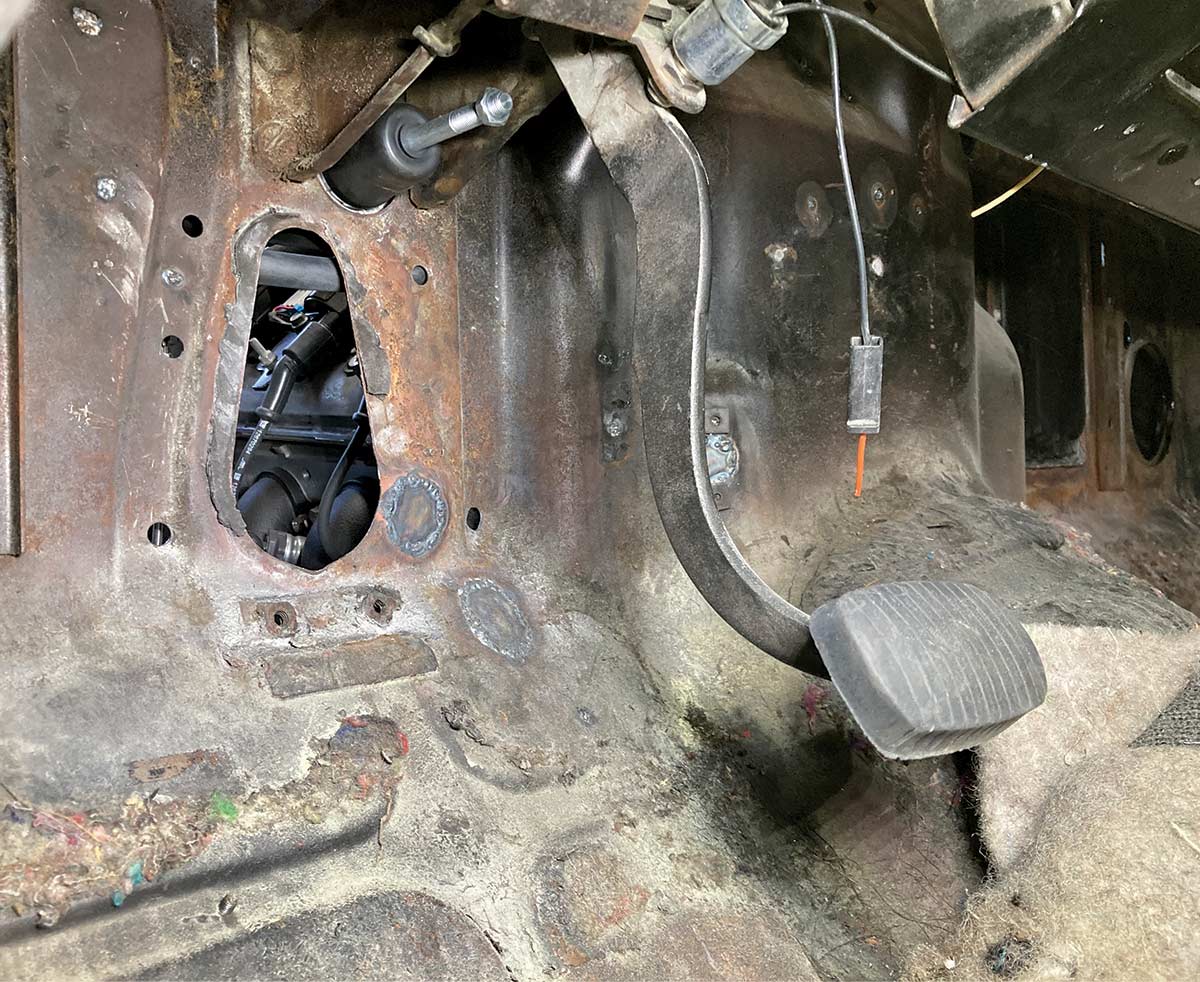
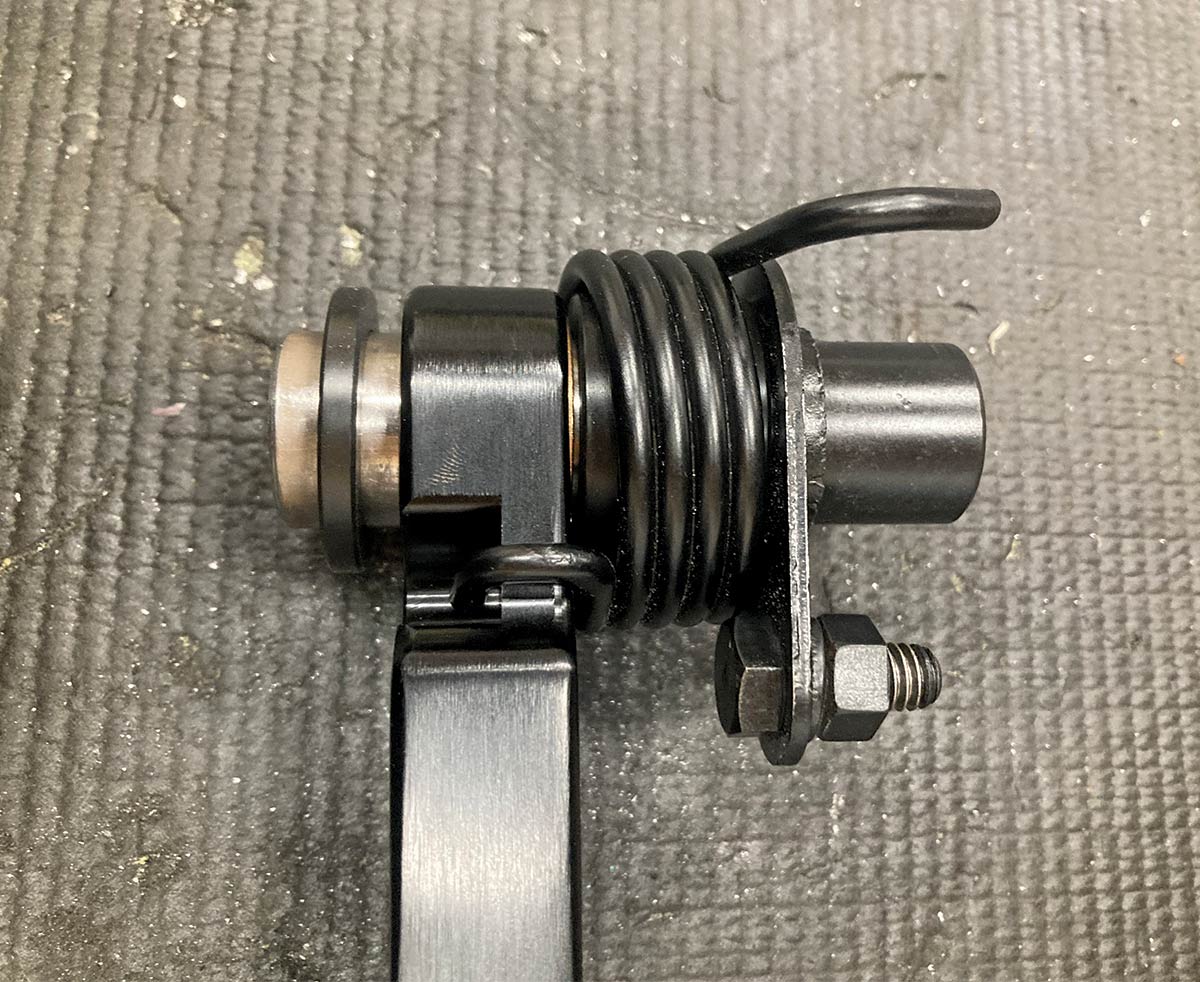
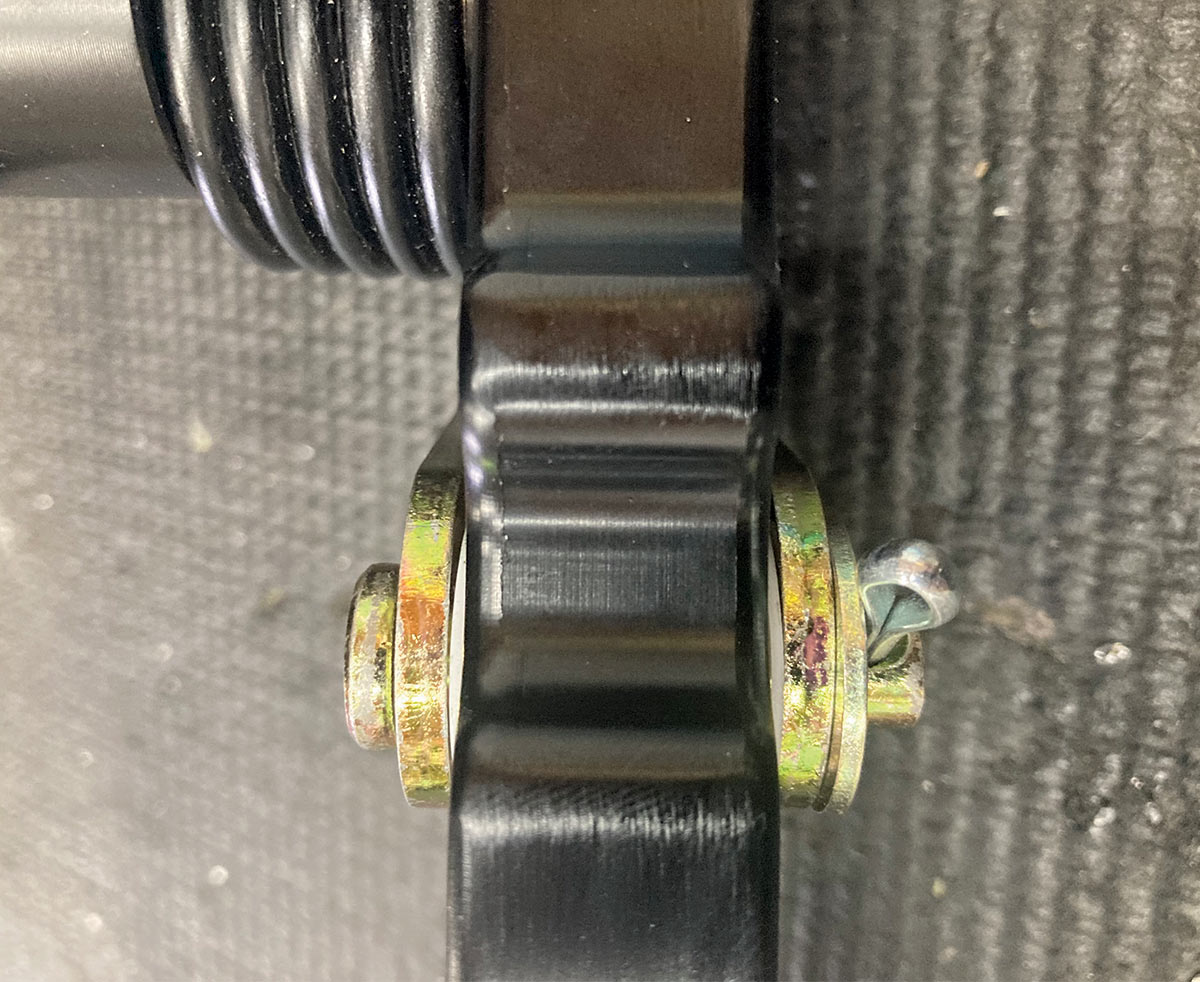
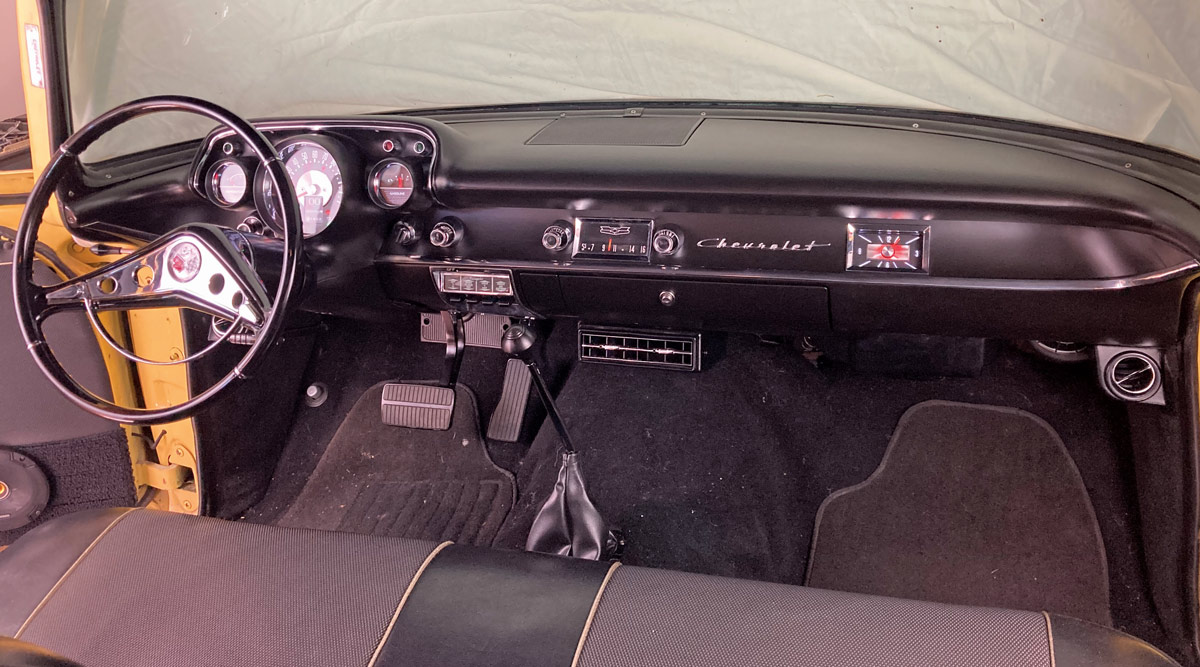
 SOURCES
SOURCES